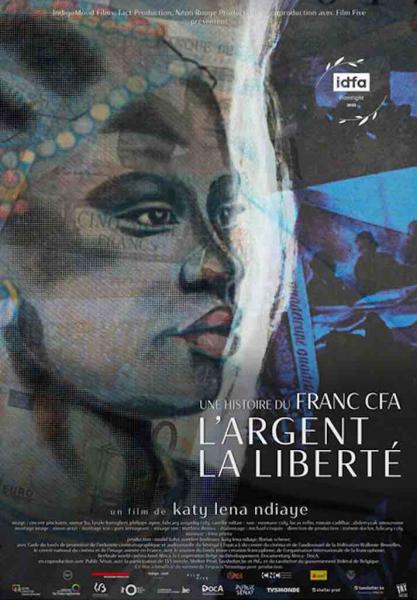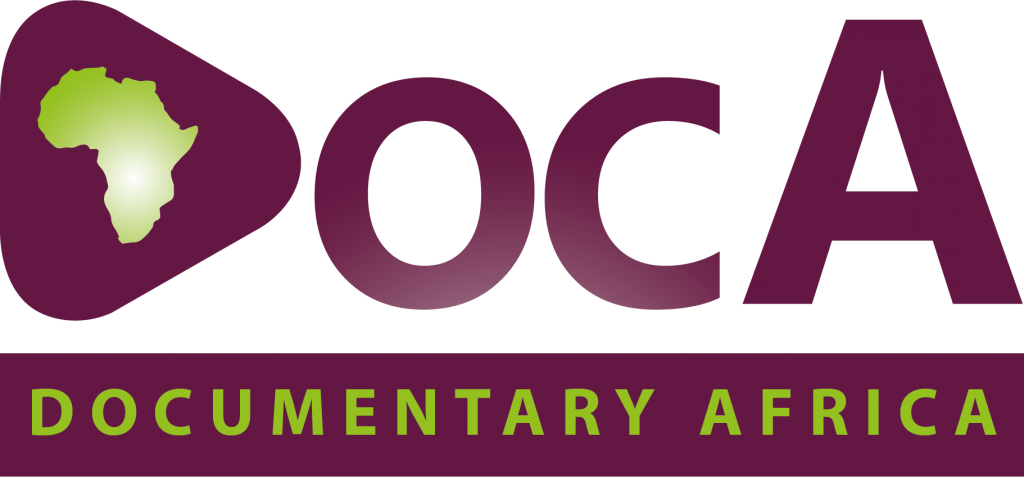Katy Lena Ndiaye
DIRECTOR
Katy Lena Ndiaye has been multiplying experiences in cinema and television for almost twenty years now. She worked for TV programs Afrique Plurielle and Reflets Sud (TV5-CIRTEF-RTBF) as a journalist and producer. Her films, On a le temps pour nous (2019), En attendant les hommes, (2007) and Traces, empreintes de femmes (2002) have been acclaimed and awarded in numerous festivals.
Katy Lena is now running a company, in Senegal, IndigoMood films. Her film “Une histoire du Franc CFA” is nearly done with postproduction. The documentary shows how, from the end of the 1940s to the present day, this currency created by colonial France has been maintained. How and why the countries in which it circulates have come to terms with a very embarrassing history.
Money Freedom, A Story of the CFA Franc (2022)

Interview with Katy:
Where did the film premiere?
IDFA
What fuels your motivation and passion for storytelling, and what sources or inspirations contribute to this drive?
I think what nourishes my cinema is encounter with others. Discovering what precisely fuels people. Their values and beliefs.
In the context of your filmmaking journey, can you identify some of the significant challenges encountered with regards to the story, which may include aspects like characters, filmmaking techniques, safety concerns, your own positionality, various perspectives, lighting, sound, and the editing process?
I think what nourishes my cinema is encounter with others. Discovering what precisely fuels people. Their values and beliefs.
From your perspective, how do you define the essence of documentary filmmaking, and in what profound ways has the narrative of your documentary impacted you personally?
With my film Money, freedom, a story of the cfa franc, an archive-based documentary, the aim was to tell rather than explain. It was also a question of trying to weave together the intimate and the larger History, which was no easy task for a subject as complex, dense and seemingly abstract as money. This thread of intimacy, these autobiographical moments, were also intended to welcome the spectator into this great historical journey. That’s why I chose the fable for my film, which I felt met the challenges of storytelling. Fable is the art of the spoken word. Filming the flow of words was also a major point for the documentary. Words, faces, characters that embody contemporary African thought. Bodies and words that open up in surreal or functional cinematographic sceneries. Just as us, as our lives, citizens of the cfa region, are dedicated to contexts far from our own, in the service of other spaces.Documentary is the art of filming the “real”, which only happens once. Paradoxical, because the “real” we track down, that we pursue, has been imagined, written, rewritten, and when it happens, when we manage to film it, it bears no resemblance to what we’ve been dwelling on for so long. Yet we recognize it, instantly or later on the editing table. We recognize it because it’s beyond fiction.
